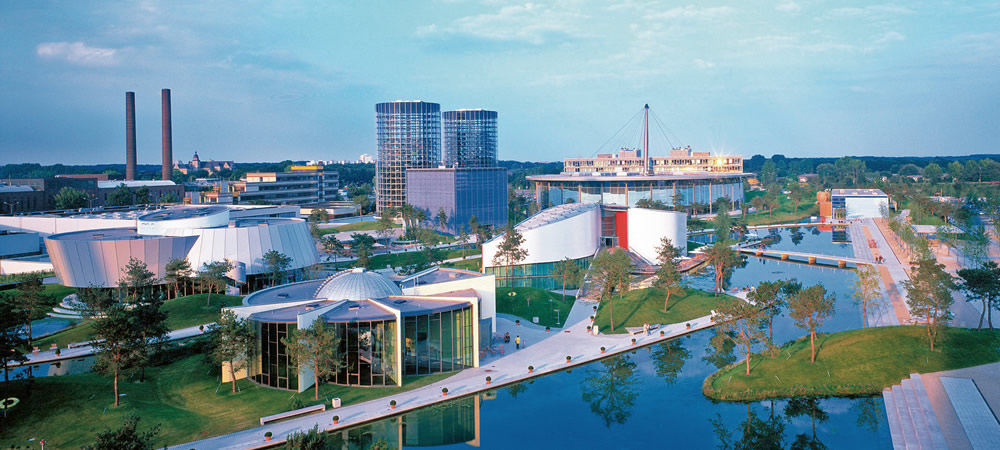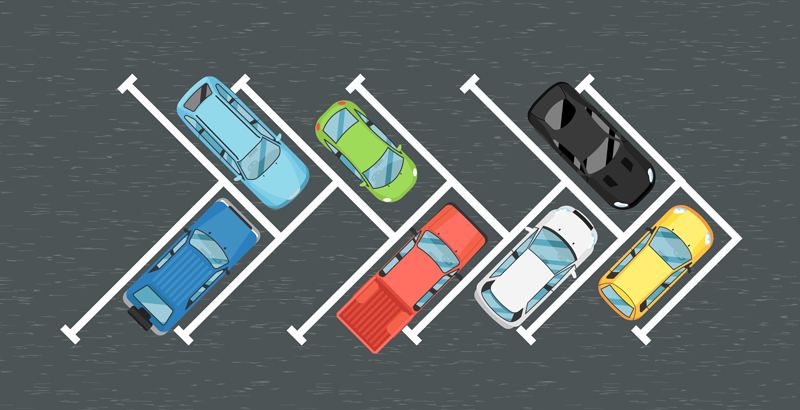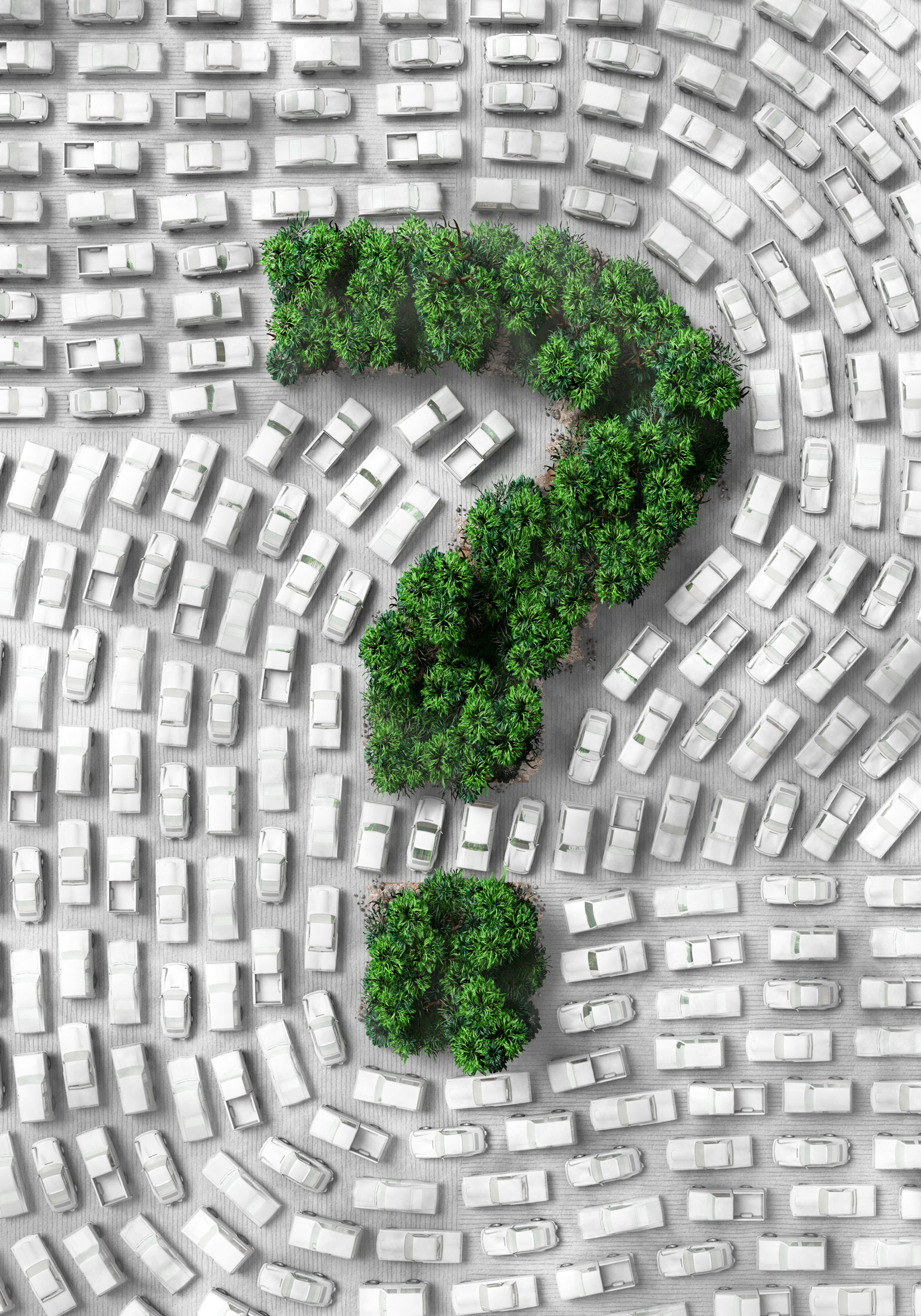
The Truth About The Car Vending Machine
October 31, 2019
Parking regulations in Miami Changed, is that the solution?
January 17, 2020The concept of sustainability is composed of three pillars: economic, environmental, and social—also known informally as profit, planet, and people. To become sustainable, it is necessary to maintain a balanced approach towards achieving long term social, environmental and economic objectives.
Economic (Profit):
The economies provided by Automated Parking Technology are not to take lightly. To begin, optimized land use is probably the one priceless quality of Automated Parking. Less land also translates into less cost or viability to develop underused lots that otherwise cannot be developed due to space constraints and the need to accommodate parking.
Infill development, an urban concept defined as the “use of land as part of a community redevelopment or growth management program or smart growth”, is also possible with Automated Parking; propelling better urban development, more walkable towns and economic growth in pro of the communities they serve.
In addition to being faster to build and faster to depreciate, Automated Parking offers reduced construction, operation, maintenance, insurance and depreciation costs allowing developers to increase savings and profit and passing these savings to consumers that may gain access to more affordable real estate.
The many economic advantages of Automated Parking are favorable to both developers and customers, guaranteeing profit-making while maintaining the required balance to reach long-term economic objectives in pro of sustainable development.
The economies provided by Automated Parking Technology are not to take lightly. To begin, optimized land use is probably the one priceless quality of Automated Parking. Less land also translates into less cost or viability to develop underused lots that otherwise cannot be developed due to space constraints and the need to accommodate parking.
Infill development, an urban concept defined as the “use of land as part of a community redevelopment or growth management program or smart growth”, is also possible with Automated Parking; propelling better urban development, more walkable towns and economic growth in pro of the communities they serve.
In addition to being faster to build and faster to depreciate, Automated Parking offers reduced construction, operation, maintenance, insurance and depreciation costs allowing developers to increase savings and profit and passing these savings to consumers that may gain access to more affordable real estate.
The many economic advantages of Automated Parking are favorable to both developers and customers, guaranteeing profit-making while maintaining the required balance to reach long-term economic objectives in pro of sustainable development.

Environmental (Planet):
A study published by the National Parking Association in 2009 shows that Automated Parking Technology has the potential to reduce fuel consumption by 3,500 gallons per year, Carbon Monoxide emissions by 77%, other vehicle emissions (such as Carbon and Nitrogen Dioxide) by 83% and volatile organic compounds by 68%.
The reason for this green effect is that the whole process of parking and retrieving vehicles in an Automated Parking Facility occurs with the engines off.
Automated Parking also significantly reduces the time, fuel consumption and emissions involved in the process of driving around looking for a parking space. In a multilevel Automated Parking facility, everybody parks in the front at ground level and there is always an empty space available on the loading bays for new vehicles to be parked and then moved to the storage areas of the system; in other words, drivers arrive and immediately park, turn off their engines and take their keys...done.
Since there is no human access to vehicle storage areas, all the upper levels of the parking system need not be illuminated. Automated Parking facilities are also much more energy-efficient and can be powered by alternative sources (such as solar power). This feature also greatly contributes to reduce the effects of light pollution; defined as “excessive, misdirected or obtrusive artificial light which may disrupt ecosystems and have adverse health effects, in addition to wasting energy”.
Because Automated Parking facilities are also considerably less massive than their concrete counterparts, Heat Island Effect is also significantly reduced.
A study published by the National Parking Association in 2009 shows that Automated Parking Technology has the potential to reduce fuel consumption by 3,500 gallons per year, Carbon Monoxide emissions by 77%, other vehicle emissions (such as Carbon and Nitrogen Dioxide) by 83% and volatile organic compounds by 68%.
The reason for this green effect is that the whole process of parking and retrieving vehicles in an Automated Parking Facility occurs with the engines off.
Automated Parking also significantly reduces the time, fuel consumption and emissions involved in the process of driving around looking for a parking space. In a multilevel Automated Parking facility, everybody parks in the front at ground level and there is always an empty space available on the loading bays for new vehicles to be parked and then moved to the storage areas of the system; in other words, drivers arrive and immediately park, turn off their engines and take their keys...done.
Since there is no human access to vehicle storage areas, all the upper levels of the parking system need not be illuminated. Automated Parking facilities are also much more energy-efficient and can be powered by alternative sources (such as solar power). This feature also greatly contributes to reduce the effects of light pollution; defined as “excessive, misdirected or obtrusive artificial light which may disrupt ecosystems and have adverse health effects, in addition to wasting energy”.
Because Automated Parking facilities are also considerably less massive than their concrete counterparts, Heat Island Effect is also significantly reduced.
Social (People):
Automated Parking Systems improve the quality of life of citizens and promote social innovation in many aspects; like increased personal and vehicle safety, decreased driver stress and traffic congestion, reduced visual pollution, more opportunity for civic or green spaces and alignment with modern urban concepts like walkable cities and towns.
Since there is no human access to the vehicle storage areas, the risk for accidental damage (such as scratches or dents) and the risk for vehicle theft or vandalism is almost non-existent.
Because everybody parks in the front row at ground level, the risk for crimes against individuals is also significantly reduced.
According to criminologist C. Ray Jeffery, “crime results partly from the opportunities presented by a physical environment, therefore, it is possible to alter the physical environment so that crime is less likely to occur”.
Automated Parking Systems improve the quality of life of citizens and promote social innovation in many aspects; like increased personal and vehicle safety, decreased driver stress and traffic congestion, reduced visual pollution, more opportunity for civic or green spaces and alignment with modern urban concepts like walkable cities and towns.
Since there is no human access to the vehicle storage areas, the risk for accidental damage (such as scratches or dents) and the risk for vehicle theft or vandalism is almost non-existent.
Because everybody parks in the front row at ground level, the risk for crimes against individuals is also significantly reduced.
According to criminologist C. Ray Jeffery, “crime results partly from the opportunities presented by a physical environment, therefore, it is possible to alter the physical environment so that crime is less likely to occur”.
In this sense, Automated Parking Facilities greatly contribute to minimize the factor of “situational opportunity” for a motivated offender to commit a crime. Some examples of this contributions are:
♦ No human access to parked vehicles guarantee that vehicles and other personal property stored or kept inside the vehicle is not easily accessible or poses a greater level of exposure or risk for violators to commit theft and vandalism crimes.
♦ Dedicated loading bays concentrated in a smaller and exposed area provide only one way “in and out” and provide an environment that is a lot easier to secure and monitor; in other words, provide more opportunity to “control the physical environment” reducing the likeliness of crimes against individuals.
♦ No human access to parked vehicles guarantee that vehicles and other personal property stored or kept inside the vehicle is not easily accessible or poses a greater level of exposure or risk for violators to commit theft and vandalism crimes.
♦ Dedicated loading bays concentrated in a smaller and exposed area provide only one way “in and out” and provide an environment that is a lot easier to secure and monitor; in other words, provide more opportunity to “control the physical environment” reducing the likeliness of crimes against individuals.

The interaction between vehicles and people is also significantly reduced, minimizing the likeliness of accidental injuries or death.
In addition, Automated Parking Systems offer unparalleled flexibility for architectural design and integration with the surrounding urban fabric, considerably reducing visual pollution (not an eyesore), creating more opportunities for civic or green open spaces and contributing to modern urban concepts like walkable cities and towns.
Automated Parking facilities also significantly reduce the time and effort involved in driving around looking for a parking spot, alleviating driver stress and greatly contributing to reduce traffic congestion.
With that said, Automated Parking Technology is definitely a sustainable way to approach current parking woes, prepare and transition for a less car-centered society, protect our environment and provide a better quality of life for our people.
In addition, Automated Parking Systems offer unparalleled flexibility for architectural design and integration with the surrounding urban fabric, considerably reducing visual pollution (not an eyesore), creating more opportunities for civic or green open spaces and contributing to modern urban concepts like walkable cities and towns.
Automated Parking facilities also significantly reduce the time and effort involved in driving around looking for a parking spot, alleviating driver stress and greatly contributing to reduce traffic congestion.
With that said, Automated Parking Technology is definitely a sustainable way to approach current parking woes, prepare and transition for a less car-centered society, protect our environment and provide a better quality of life for our people.




